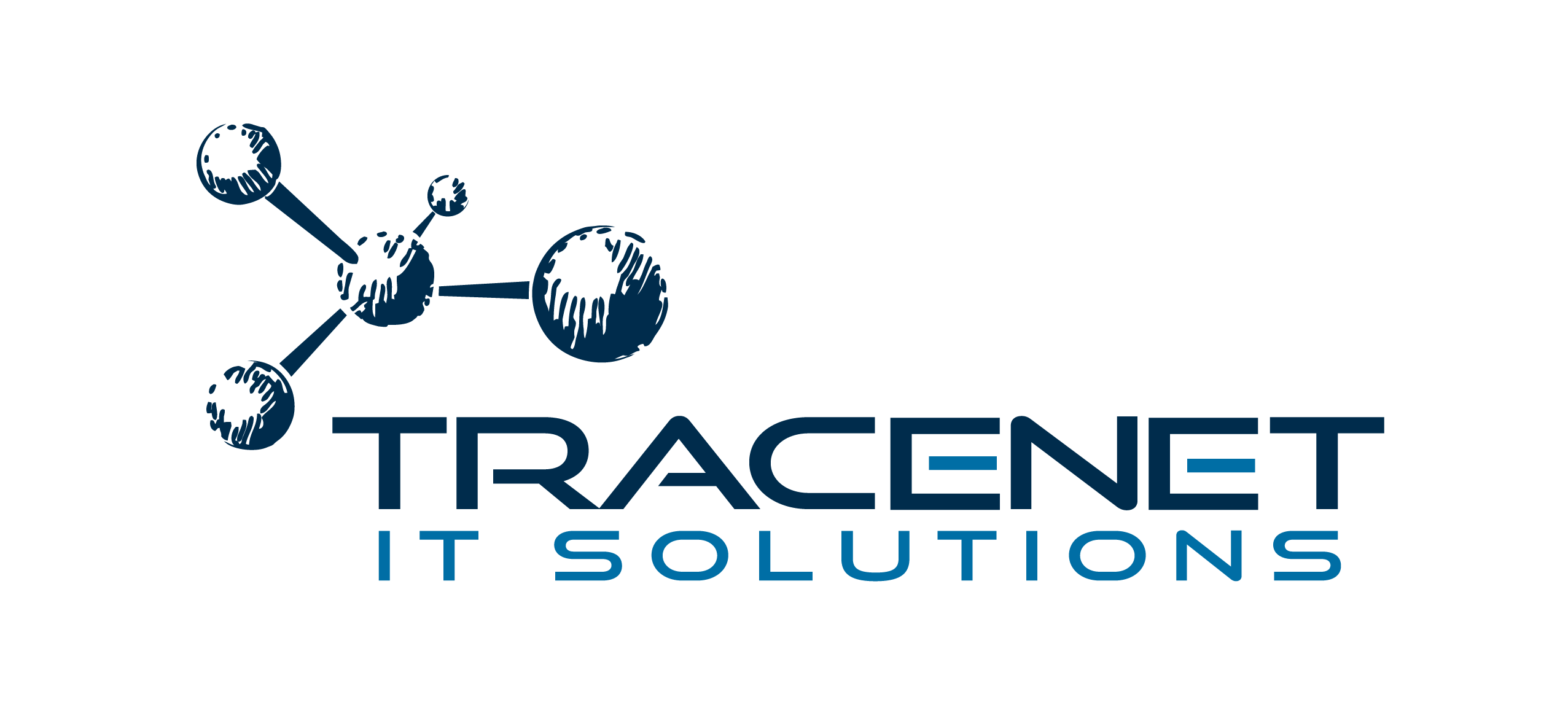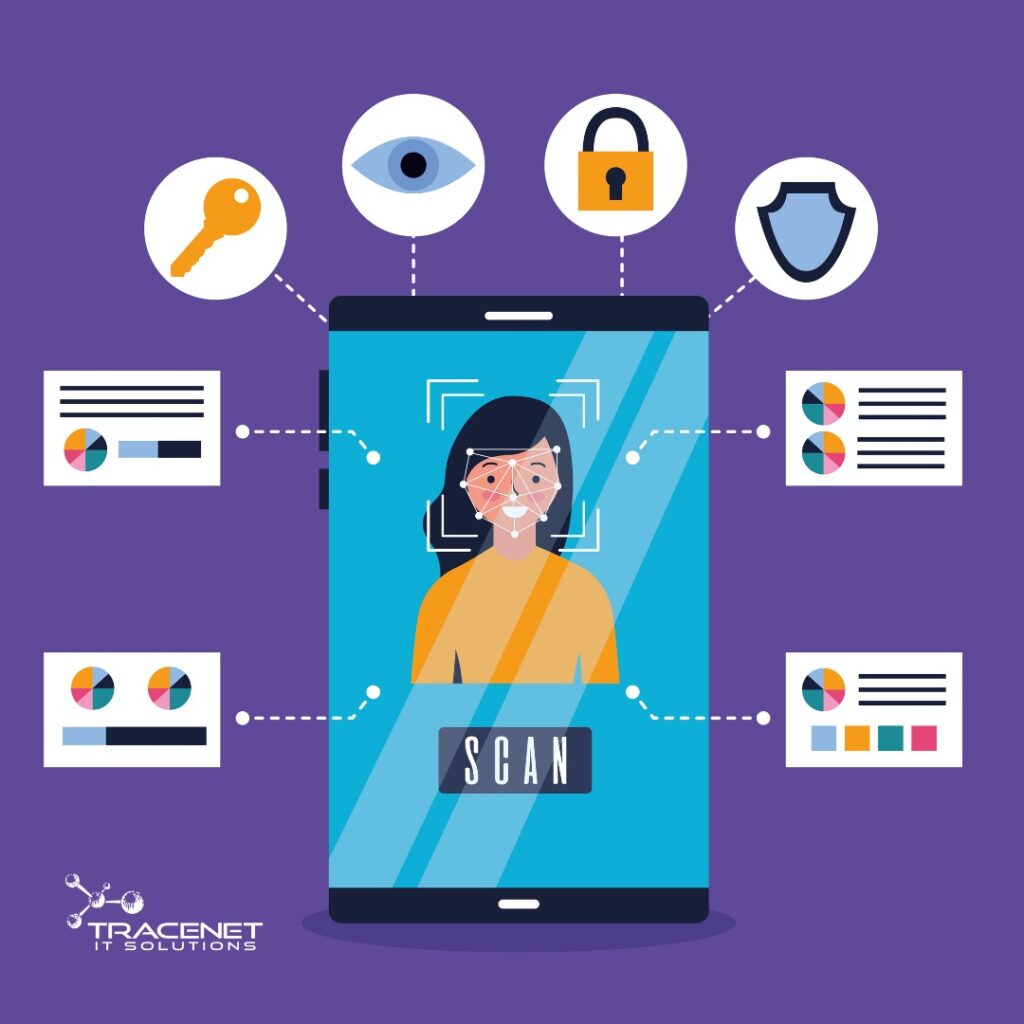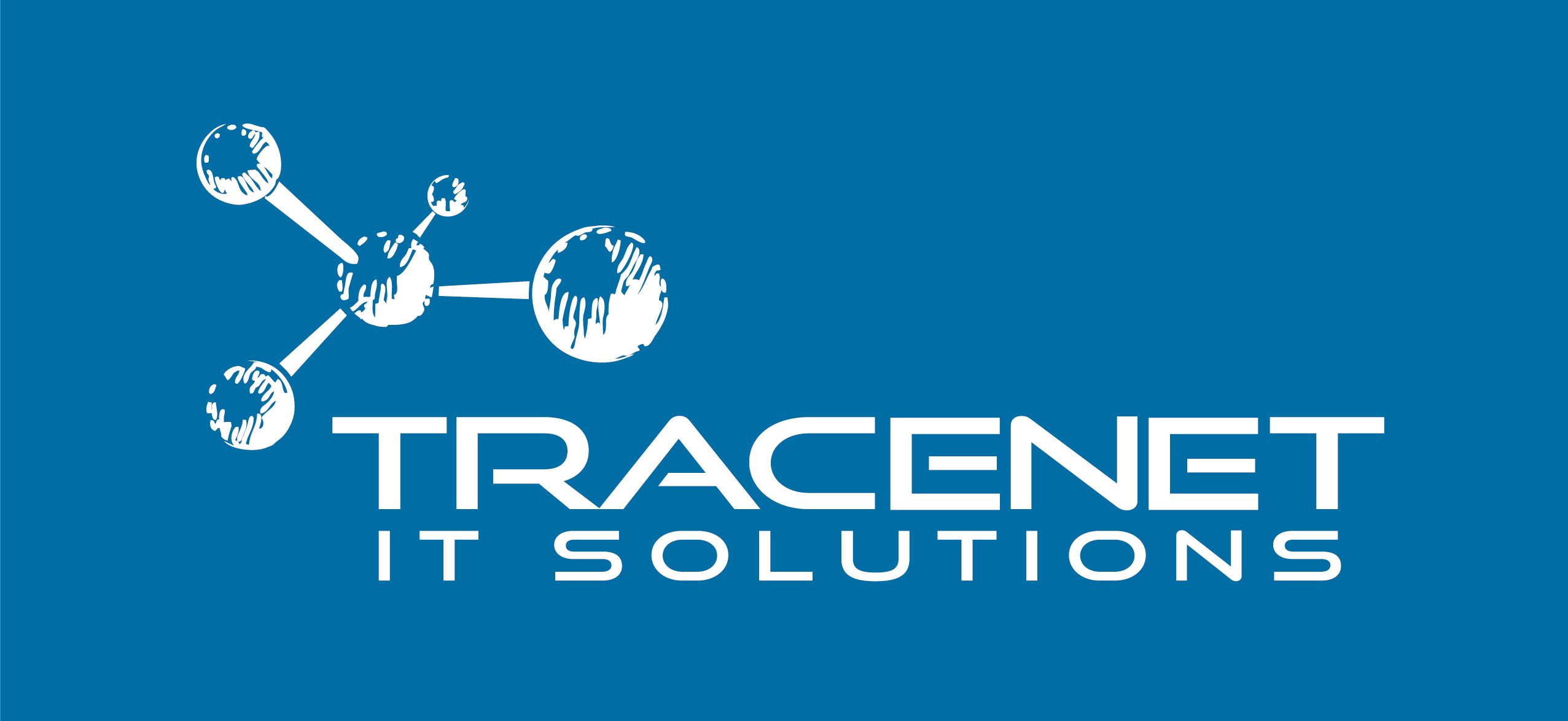One of the most effective strategies for protecting sensitive data is Multi-Factor Authentication (MFA).
This method adds extra layers of security to the authentication process, making unauthorized access more difficult, even if passwords are compromised.
Let’s understand together what exactly multifactor authentication can be defined as, how it works, its benefits and why it is essential for protecting information in today’s digital landscape. Read to the end to learn!
What is Multifactor Authentication?
Multifactor authentication is a security mechanism that requires the user to provide two or more independent authentication factors to confirm their identity before accessing a system, account or device.
Authentication factors generally fall into three categories:
- Something you know: a password, PIN or answer to a security question.
- Something you have: a physical token, smartphone or smart card.
- Something you are: biometrics such as fingerprint, facial or iris recognition.
By combining these factors, MFA makes it much more difficult for cybercriminals to break into systems, as breaking a single factor is not enough to gain access, so it is necessary for all authentication factors to be met correctly.
Step-by-step through the MFA process
Imagine you’re trying to access your bank account online. After entering your password, the system sends a code to your cell phone. You enter this code on the website, confirming your identity. Even if someone discovers your password, they won’t be able to access it without the additional code.
In practice, access to your bank account and other resources using multifactor authentication takes place in three stages:
- Basic credentials: the user enters their primary credentials, such as username and password.
- Additional authentication: after validating the basic credentials, the system requests a second factor. Which can be a code sent by SMS or email, or a token generated by an authentication application such as Google Authenticator or Authy. Or even a physical USB device such as a security key.
- Access granted: only after both factors have been verified is access granted.
Why is Multifactor Authentication important?
The main reason for using this feature more and more often is that passwords alone are no longer enough to provide security. This is because although they are widely used, they are very vulnerable to attacks such as phishing, brute force and data leaks.
In this context, MFA adds an extra layer, making these methods ineffective even if passwords are compromised. This security layer significantly reduces the likelihood of unauthorized access, protecting email accounts, social networks, corporate systems and confidential data, for example.
To conclude, many data security regulations, such as LGPD, GDPR and PCI DSS, require the use of robust authentication to protect sensitive information.
Types of authentication factors used in MFA
- Based on passwords or PINs: the most common method, but also the most vulnerable if used alone.
- Physical or digital tokens
- USB security keys: devices that connect to the computer to validate identity.
- Authentication applications: generate unique codes, updated every 30 seconds.
- Biometrics
- Fingerprints.
- Facial recognition.
- Iris or retina scanning.
- Messages or phone calls: temporary codes sent by SMS or phone call, widely used but with known vulnerabilities (such as SIM swapping attacks).
- Geolocation and behavior analysis: advanced solutions check the user’s location or behavior patterns (time, device, etc.) to identify suspicious activity.
How do you implement MFA in your company?
First, determine the most critical systems and users and prioritize MFA there. Then research solutions that meet your budget and the specific needs of your business. Examples include Google Authenticator, Okta and Microsoft Authenticator.
Once these parameters have been defined, ensure that employees understand the importance of MFA and know how to use it correctly. Remember that cybersecurity is an ongoing process. Regularly review the authentication methods used and be on the lookout for new threats.
Whether it’s to protect personal accounts or corporate systems, investing in MFA is essential in a scenario of increasingly sophisticated cyber threats. Implementing this solution is a strategic step towards increasing your organization’s confidence and resilience in the digital environment.



